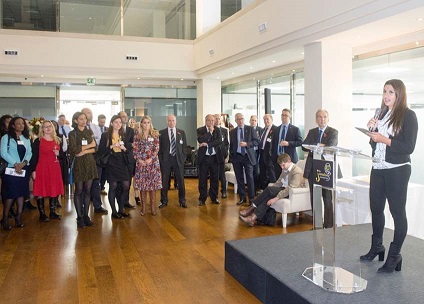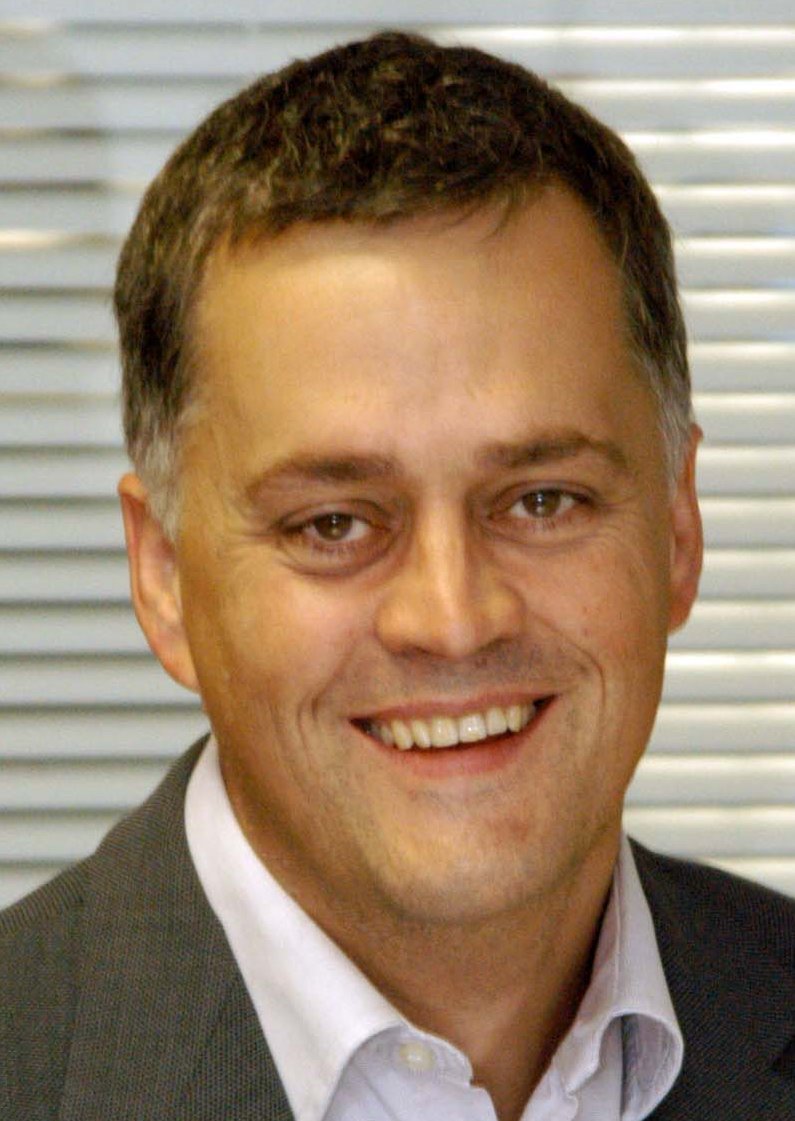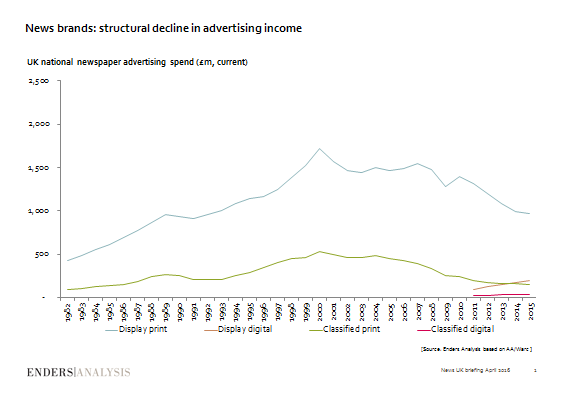 At an awards ceremony hosted by Associated Newspapers last night (3 November) NLA media access celebrated the 10th anniversary of the Journalism Diversity Fund (JDF) by presenting a cheque for £100,000 to continue promoting diversity in newsrooms across the UK. The donation brings the NLA’s total support for JDF to over £1million.
At an awards ceremony hosted by Associated Newspapers last night (3 November) NLA media access celebrated the 10th anniversary of the Journalism Diversity Fund (JDF) by presenting a cheque for £100,000 to continue promoting diversity in newsrooms across the UK. The donation brings the NLA’s total support for JDF to over £1million.
The JDF was set up by the newspaper industry in 2005 and supports the training of journalists from ethnically and socially diverse backgrounds by meeting the financial cost of completing a National Council for the Training of Journalists (NCTJ)-accredited course.
Since its creation the JDF has provided bursaries for nearly 200 aspiring journalists who have gone on to work across the industry, from the Daily Mail to Sky News. Two young journalists who have just graduated from the scheme spoke of their experiences and how they have benefited from Diversity Fund support. Amber Haque, now a trainee at BBC news and Rehema Figueiredo, training with Associated Newspapers both described how the Journalism Diversity Fund has enabled them to overcome barriers to a career in journalism.
The launch of the new Thomas Read bursary, awarded to help aspiring journalists with a disability was announced at the event. The bursary has been established in memory of Thomas Read, a journalist who passed away suddenly in early 2015, and is funded by donations from friends and family. In spite of his cerebral palsy, Thomas had worked as a sports journalist at Sky and enjoyed a successful career in journalism. The first recipient is Gemma Louise Hodgson, who is currently studying at St Mary’s University.
Managing Director of NLA media access David Pugh said:
“Supporting journalists from disadvantaged backgrounds is vital if the media is to retain a voice that is as diverse as the issues it reports on. We are committed to the supporting the success of the newspaper industry and young people who want to forge a career in journalism. The JDF is fantastic at providing opportunities to applicants whose careers could otherwise be disadvantaged by their circumstance.”
Joanne Butcher, chief executive of the National Council for the Training of Journalists, said:
“It’s been a pleasure to manage the JDF over the past 10 years. NLA media access has been a source of constant support and, together with other sponsors of the fund, have provided almost 200 exceptional journalists with the financial means to secure the training they need. Both sponsors and supporters of the fund have worked hard to improve the make-up of their newsrooms and ensure they reflect the communities they serve. We hope the next decade sees more socially and ethnically diverse reporters take their place at UK publishers and broadcasters.”
Photocredit: David Parker

















